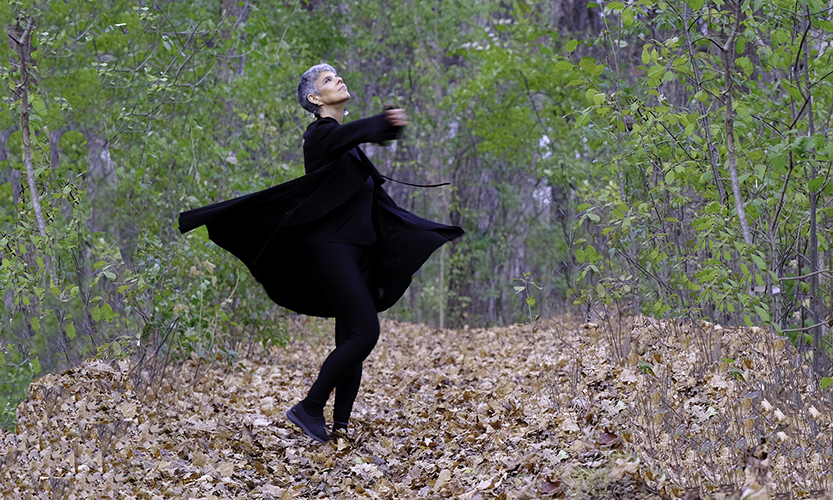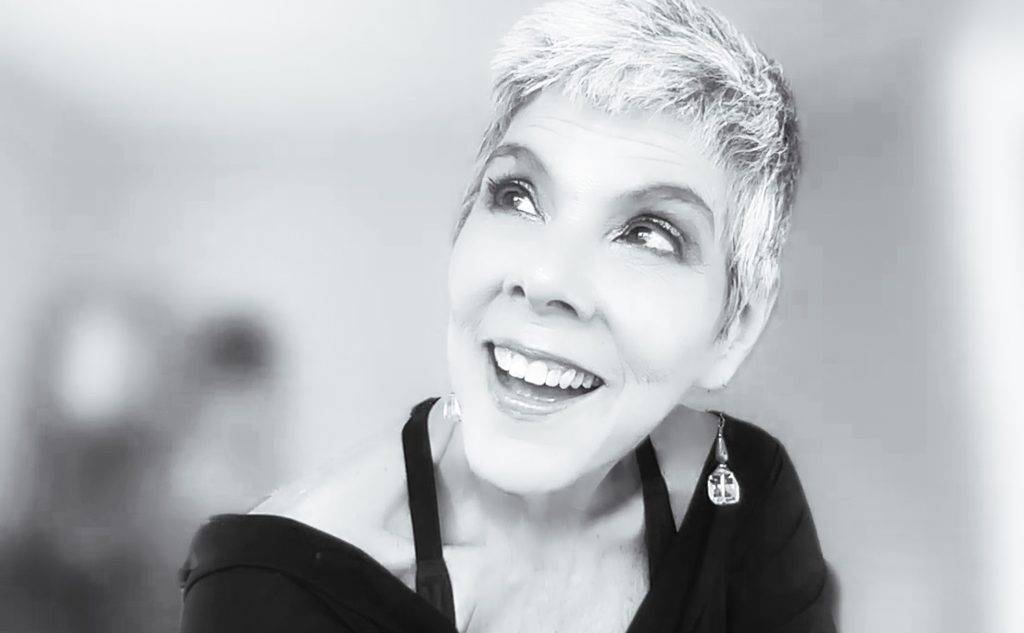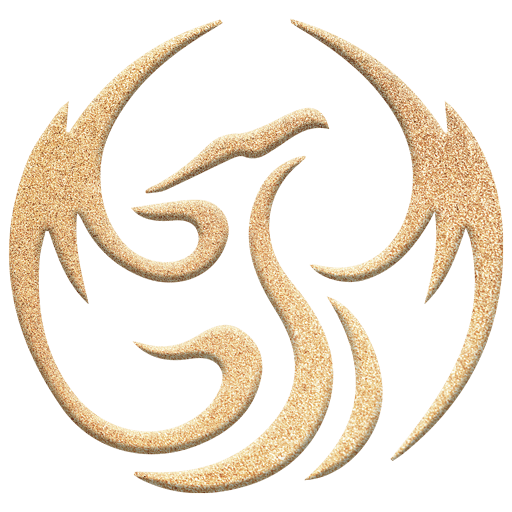Carrie ‘Zaza’ Branovan
Movement Medicine Dancer & Graduated Professional Teacher and Facilitator
This story surfaced during my graduation panel on 19th November, 2025. On that day, Ya’Acov and Susannah reflected that shyness has been woven through my Movement Medicine journey, not as a flaw, but as part of a long history of my dance with invisibility, visibility and masking. They encouraged me to regard shyness not as something to fix, but as a tender companion, a teacher, and a doorway into deeper relationship with myself and with my path as a teacher.
As we talked, a memory returned with clarity, the first time I ever attempted “free style” dance. When I shared it, Susannah smiled and said, “Now that would make a great dancer's story.”
And so here it is.
In 2008, shortly after moving to Hawaii for a new job, my colleague David Sands invited me to “go to dance.” I assumed he meant a fitness class. Instead, he drove us to Studio Maui, where Amara Pagano (now founder of Azul) was holding weekly dance sessions.
I walked to the doorway and looked through the window. Inside, sixty or seventy people were moving with abandon — free, expressive, surrendered to the rhythm. The room felt wild and alive.
My body froze.
A wave of shame rose from somewhere ancient and familiar. I couldn’t imagine stepping into that room. I returned to the parking lot and waited in the car.

David invited me again the next week and again after that. Each time I approached the door believing the moment had come… until everything in me went numb again.
Between those early attempts, David’s gentle encouragement, combined with a great deal of self-reflection, slowly helped me edge closer to the doorway. And, to be completely transparent, part of what supported my confidence was something very practical: taking time to find the right layered attire and undergarments so I could move freely and feel more secure in my body. That small preparation helped quiet the self-judgment just enough to try again.
On the fourth attempt, having titrated the perceived dangers and gathered enough inner ground, I crossed the threshold. What I found on the other side was freedom, connection, and a sense of community that was deeply satisfying. And perhaps most importantly, I discovered that Amara created a thoughtful, judgment free, beautifully held space.
My life changed direction that day.

For the next decade, I sought out freestyle dance wherever I travelled. It became a lifeline, a place where my thinking mind loosened and presence emerged through breath and movement. Though self consciousness remained, a deeper thread was evident: my body knew how to find itself through motion.
In 2017, while on a business trip to Dublin, I attended my first Movement Medicine workshop with David Mooney. I discovered him through Amara Pagano’s One Dance Tribe network, though the precise and powerful genre of free dance that is ‘Movement Medicine’ had not yet reached my world in the U.S.
In that workshop, the strands that had drawn me to dance for years came together: emotional honesty, grounded guidance, safety, and a sense of being held within a community. Looking back, I know now that David’s deep understanding of trauma, compassion, and his therapeutic background in IFS and the polyvagal system created a container where something long-held in me could finally soften.
Two weeks later, I applied for, and was accepted into, the Movement Medicine Apprenticeship with co-founders Ya’Acov and Susannah Darling Khan. Later, I entered Professional Training with them, and over many online Movement Medicine courses I attended and helped create across the challenging pandemic years, I continued learning from my teachers as well as other gifted Movement Medicine teachers: Yasia Leiserach, Jo Hardy, Catherine Wright, and Ben Yeger.
Movement Medicine opened my understanding of dance as meditation in movement.
The body slows.
The breath deepens.
The heart begins to speak.
And the mind, so practiced in scanning for danger and rehearsing old stories, softens and begins to listen.
Presence returns.
Safety arises.
Belonging becomes possible.
For me, this is the medicine: safety, belonging, presence, and the beauty of the now.
Throughout my apprentice teaching years, I have met many people who arrived as I once did, lingering at the doorway, negotiating with fear. I recognize that terrain instantly. This is why I always begin my classes by acknowledging the courage required simply to show up.
Often it is the shyest dancers who leave the room shining, relieved and proud that they crossed the threshold they thought they couldn’t. I understand that journey. It lives inside me.
A few days after my graduation ceremony, I listened to a podcast with Dr. James Doty, neurosurgeon, teacher, founder of Stanford’s Center for Compassion and Altruism Research. I later learned he had passed away just weeks earlier. In his honour, I bought his books Into the Magic Shop and Mind Magic.
Doty writes about neuroplasticity and the chronic fight or flight patterns many of us live with, the hum of cortisol, the protective stance of the nervous system, the difficulty distinguishing real danger from old internal narratives. His work echoes the reading lists and training for Movement Medicine professionals and the embodied understanding we gain through practice.
Movement Medicine helps me to unwind those patterns in myself. In a world challenged by polarization, conflict, and collective trauma, I see much of the time it can be difficult for students to soften. Yet again and again, the dance proves itself to be a mindful refuge, a place where the mind quiets, the body unfolds, and something inside can return home.
It has carried me from frozen toward liberation, not perfectly, not completely, but gently and continually. In this way, I can now see shyness differently, not as something in the way, but as something that has been quietly helping me find my own pace.
I offer this story for anyone who has stood at the edge of a doorway, waiting for the moment the body finally whispers: Now. It’s time.
with love,
Carrie Zaza Branovan





